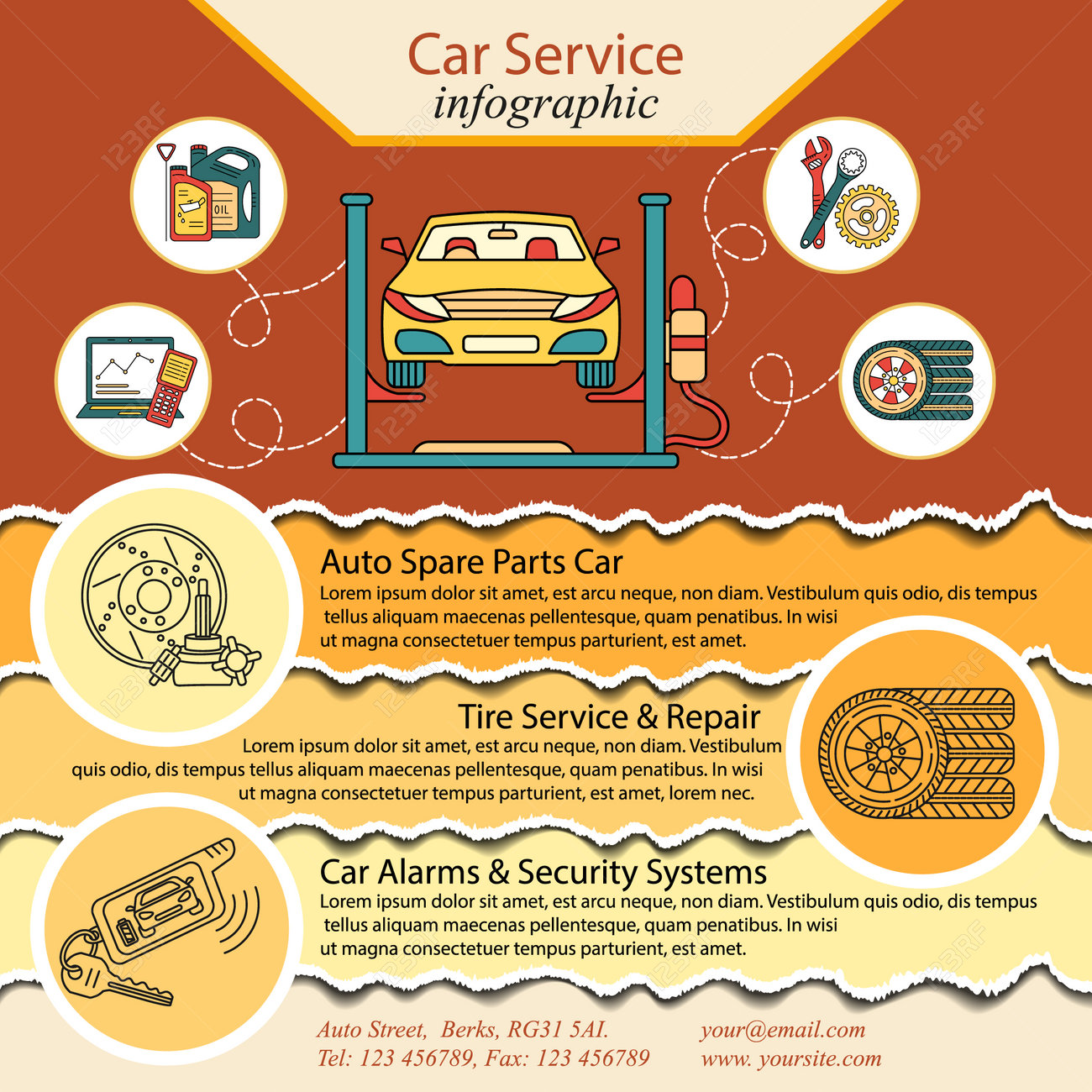Translating Your Automobile'S Alert Lights: Their True Implications
Translating Your Automobile'S Alert Lights: Their True Implications
Blog Article
car upholstery shampoo service -Sykes Winters
When you're behind the wheel, those glowing warning lights on your control panel can be a bit difficult. Do you know what they're trying to tell you concerning your cars and truck's health and wellness? Understanding the importance of these lights is vital for your security and the long life of your lorry. So, the next time one of those lights pops up, wouldn't you want to decipher its message precisely and take the necessary steps to resolve it?
Common Warning Lighting and Interpretations
Recognize usual warning lights in your car and recognize their meanings to make sure risk-free driving.
One of the most regular caution lights consist of the check engine light, which indicates issues with the engine or exhausts system. If this light comes on, it's vital to have your automobile examined without delay.
The oil stress alerting light suggests low oil stress, calling for immediate interest to stop engine damage.
A blinking battery light could suggest a faulty billing system, potentially leaving you stranded if not dealt with.
The tire pressure monitoring system (TPMS) light notifies you to reduced tire stress, affecting automobile security and fuel efficiency. Ignoring this might cause dangerous driving conditions.
The abdominal muscle light suggests an issue with the anti-lock braking system, endangering your capacity to stop promptly in emergency situations.
Finally, the coolant temperature cautioning light warns of engine overheating, which can cause serious damage otherwise dealt with quickly.
Understanding these common warning lights will certainly aid you deal with issues without delay and maintain secure driving conditions.
Significance of Prompt Interest
Recognizing the typical warning lights in your auto is only the first step; the importance of without delay resolving these warnings can not be stressed enough to guarantee your safety and security when driving.
When a caution light illuminates on your control panel, it's your car's means of communicating a possible problem that requires focus. Neglecting these cautions can lead to a lot more serious problems in the future, compromising your safety and security and possibly costing you a lot more in repairs.
Trigger interest to cautioning lights can protect against malfunctions and crashes. For example, a blinking check engine light can show a misfire that, if left unattended, could cause damage to the catalytic converter. Resolving this quickly can conserve you from a pricey repair service.
In a similar way, a brake system cautioning light may signal reduced brake fluid or worn brake pads, critical components for your security when driving.
Do It Yourself Troubleshooting Tips
If you discover a caution light on your dashboard, there are a few DIY troubleshooting tips you can attempt prior to seeking expert help.
The very first step is to consult your cars and truck's handbook to recognize what the particular caution light shows. Often the problem can be as basic as a loosened gas cap activating the check engine light. Tightening the gas cap may settle the trouble.
An additional typical problem is a reduced battery, which can cause numerous cautioning lights. Examining the battery links for rust and ensuring they're safe and secure could take care of the problem.
If a caution light persists, you can attempt resetting it by detaching the automobile's battery for a few mins and then reconnecting it. Additionally, examining your vehicle's liquid levels, such as oil, coolant, and brake liquid, can aid repair advising lights associated with these systems.
Conclusion
To conclude, recognizing your cars and truck's warning lights is important for keeping your lorry running efficiently and securely. By quickly attending to these signals and understanding what they mean, you can prevent pricey fixings and prospective break downs.
Remember to consult your auto's handbook for particular details on each cautioning light and do something about it appropriately to guarantee a hassle-free driving experience.
Keep notified, remain risk-free when driving!
